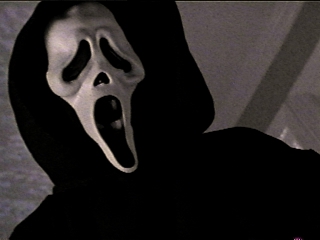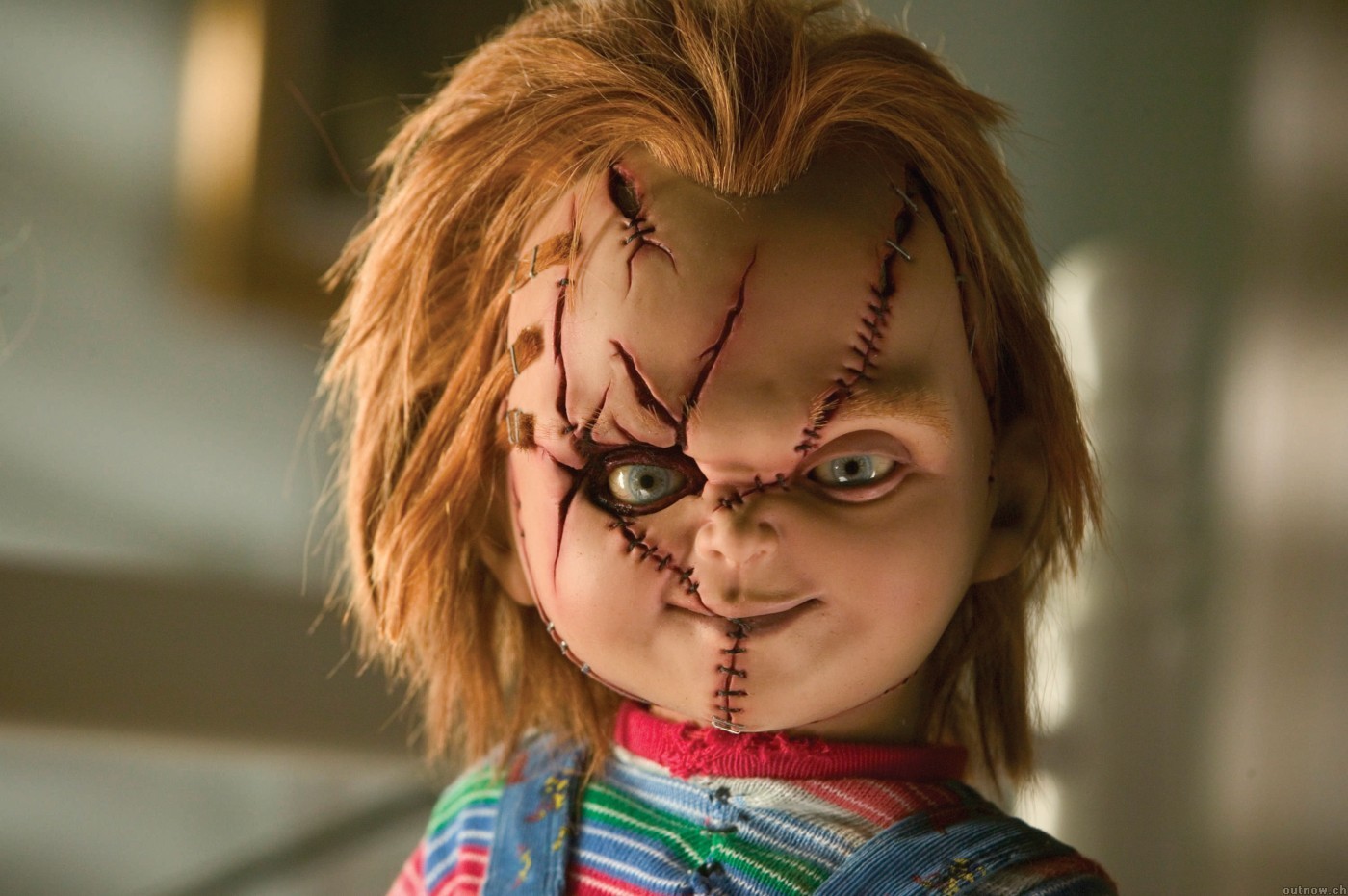Film Art: An Introduction (Bordwell & Thompson, 2012)
(P.125)
'In artistic filmmaking, lighting is more than just illumination that permits us to see the action. Lighter and darker areas within the frame help create the overall composition of each shot and guide our attention to certain objects and actions. A brightly illuminated patch may draw our eye to a key gesture, while a shadow may conceal a detail or build up suspense about what may be present. Lighting can also articulate textures: the curve of a face, the grain of a piece of wood, the tracery of a spider’s web, the sparkle of a gem.'
Three-point lighting
A technique called three-point lighting is used in the development of Mise-en-scène which consists of three components; key light, fill light and back light. To give an object a sense of depth, the back light is used to remove the object from the background, followed by the key light on either the left or right hand side to highlight the object and the finally the fill light on the opposite side of the key light to ensure the shadows projected from the key light are not to bright or dark.
Here I have referenced a few example in horror which use this technique.
 |
| Scream (1996) - http://www.offscreen.com/images/scream-4.jpg |
 |
| Seed of Chucky (2004) - http://lauad.files.wordpress.com/2011/01/chucky-childs-play-7026737-1400-931.jpg |
The back light removes Chucky's upper frame and head from the background, drawing more focus on his character. The key light is on the left makes Chucky's scars and deformities more audience whilst the fill light on the right highlights them with dull outlining shadows.
There are two types of key lighting; low-key lighting and high-key lighting. According to Bordwell & Thompson (2012) high-key lighting is the combination of the back light and key light, which is used to create a fairly low contrast between areas that are brighter and areas that are darker. The light quality that is produced by this technique is soft, enabling shadowed areas to be slightly transparent.
Low-key lighting on the other hand, creates a much higher contrast as well as more sharp and dark shadows. The lighting is usually hard with the fill light being lessened or removed completely. The resulting effect is what's called chiaroscuro, or in clearer terms extreme light and dark areas within an image or scene.
Below I have made a few more examples into low-key and high-key lighting in horror.
Low-key lighting
High-Key lighting
 |
| Freddy vs Jason (2003) http://4.bp.blogspot.com/-kJP1EbhW5Yk/T8_JvwvASEI/AAAAAAAADnY/7hzLBf-Y3JI/s640/fvsj1.jpg |
With the fill-light almost equal in volume to the key-light, surrounding shadows are practically eliminated. In turn, the high-key lighting steers/directs the audiences focus towards the confrontation between Freddy Krueger and Kia Waterson thus, complimenting the character performances.
How is this relevant to the development of my project and the horror genre?
The relevance of this research is to develop a greater understanding of lighting placement and effectiveness in a horror scene. This will also help me to evoke the horror genre within my 3D environment more effectively by looking at examples in films and video game titles in the horror genre to see how it was achieved and how I can portray this in my own works.

No comments:
Post a Comment